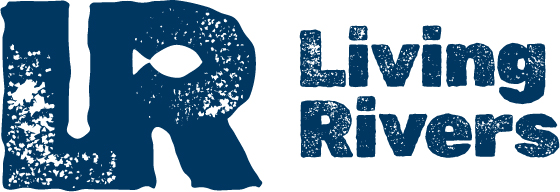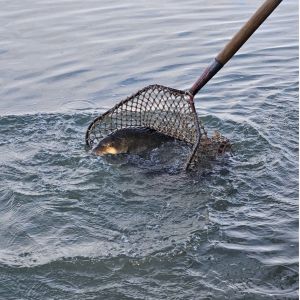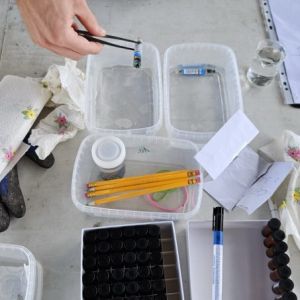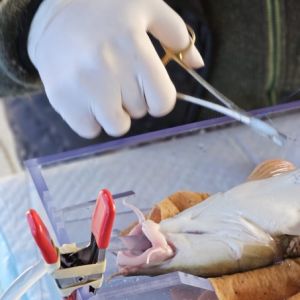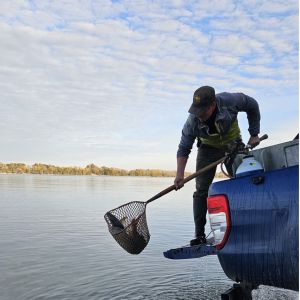Common barbels fight for their lives in Slovak rivers
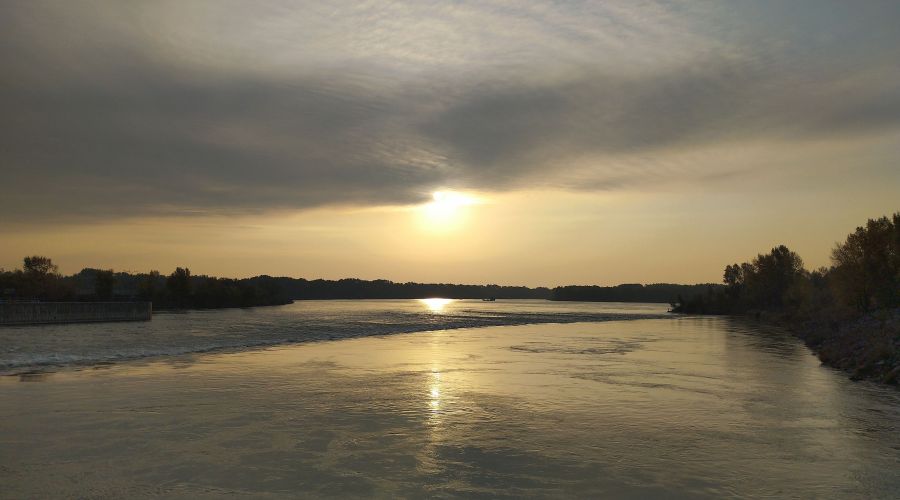
She is active and alert, but overcoming some barriers is beyond her. The Common barbel (Barbus barbus) is one of the original inhabitants of our rivers. This fish, like sturgeons and asp, needs free movement in the water to live and reproduce. However, migration barriers, in the form of dams, dykes and other concrete structures on watercourses, make it difficult to move naturally in rivers.
The Common barbel is a fish that moves through different parts of the river during its life to find suitable conditions for breeding, growing or wintering. Unfortunately, the migration routes it uses to do this are increasingly blocked. In Slovakia alone, almost 1 500 known barriers cross rivers, up to 80% of which prevent fish from migrating. This has resulted in a decline in the abundance of parma and other native fish species, as well as a general disruption of river ecosystems.
Telemetric monitoring as a conservation tool
Within the LIFE Living Rivers project, important activities are taking place on four Slovak rivers. One of them is the Danube, in whose waters experts are monitoring the movements of several native fish species, including the common parma.
In April 2024, telemetric monitoring was launched on a 97kilometre stretch of the Danube by a research team from the Faculty of Fisheries and Protection of Waters of the University of South Bohemia (FFPW USB) led by Dr. Bořek Drozd in coordination with the Slovak Fishermen's Association. While in the initial phase the scientists focused mainly on monitoring small sturgeon, now it is also the turn of the common barbel. At the end of October, the experts fished 50 specimens out of the Danube waters, which were implanted with small transmitters by a veterinarian. The fish were then released back into the Danube.
Telemetry devices will allow experts to track the barbel's onward journey through the river. As well as providing scientists with valuable information about their location, even the temperature or depth of the water they swim in, they will also help them detect problematic stretches of the Danube and identify the migration obstacles that make their lives most difficult. The results of the research will also help to design appropriate measures to make the water structures that prevent fish from migrating more accessible.
The future of rivers and the Common barbel
Healthy and flowing rivers are an integral part of our environment and the landscape we share. In addition, they provide shelter for many animals not only under the water surface but also in their surroundings. Protecting parma and other fish species is an important step towards promoting biodiversity and stability in our aquatic ecosystems. The LIFE Living Rivers project envisages the restoration of migration corridors that will allow fish to move freely through rivers to fulfil their role in freshwater ecosystems.
If the conditions for fish migration can be improved, this will be a success not only for the fish themselves, but also for the whole river communities that are an integral part of our nature.
More information here and here.

